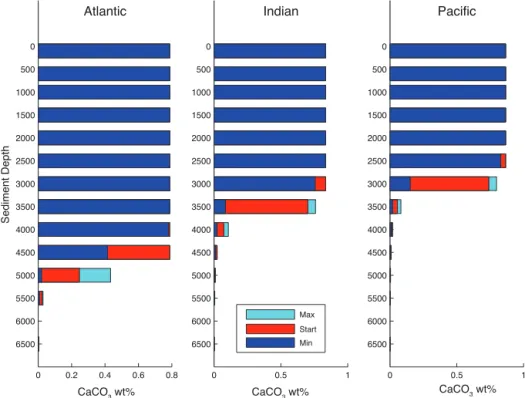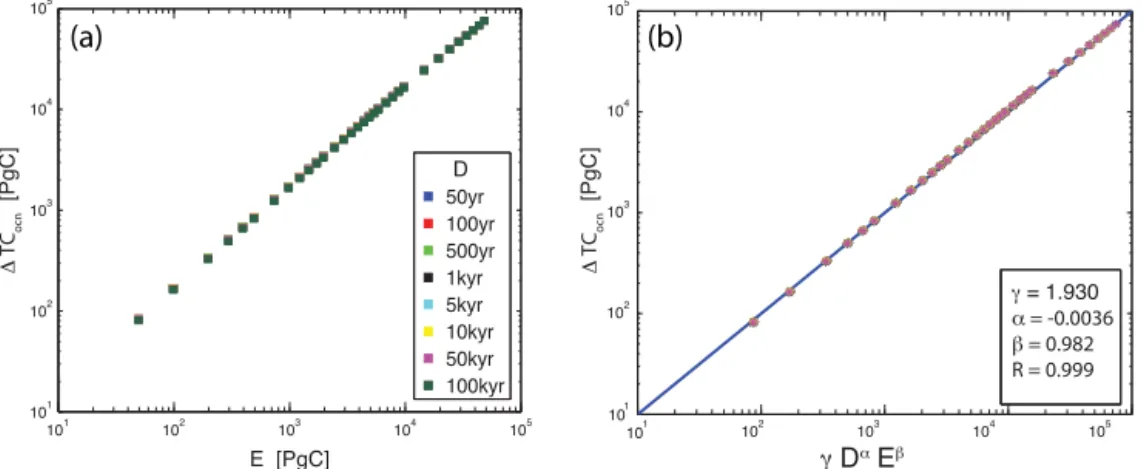Scaling laws for perturbations in the ocean–atmosphere system following large CO<sub>2</sub> emissions
Texto
Imagem




Documentos relacionados
4, we finally compare the magnitude and pacing of past temperature changes reconstructed from deep ice cores to the changes simulated by coupled ocean-atmosphere-sea- ice models
advanced that changes in the volumes of di ff erent glacial deep-water masses, prior to their overturning or mixing rates (and prior to any major changes in the biological pump
Such differences between low-frequency variations of ocean carbon fluxes and other dynamical fields are even stronger in the Southern Ocean, where Boer (2004) shows that
The interactive ocean carbon cycle model is the NASA Ocean Biogeochemistry Model (NOBM, (Gregg and Casey, 2007; Romanou et al., 2013), which is interactively coupled to the ocean
Latitudinal shifts in the Southern Ocean westerly wind jet could drive changes in the glacial to interglacial ocean CO 2 inventory.. However, whilst CMIP5 model results
To investigate whether changing the gas transfer rate can improve regional model prediction, we compared the results from the model runs with the climatology of Taka- hashi et al.
dian interannual variability from atmospheric inversions and ocean biogeochemical models is substantial in the Southern Ocean; up to 25 % of the annual mean flux, with 25 % of
In this study we use the Pelagic Integration Scheme for Carbon and Ecosystem studies (PISCES) global ocean- biogeochemistry model (Aumont and Bopp, 2006) to exam- ine the response





